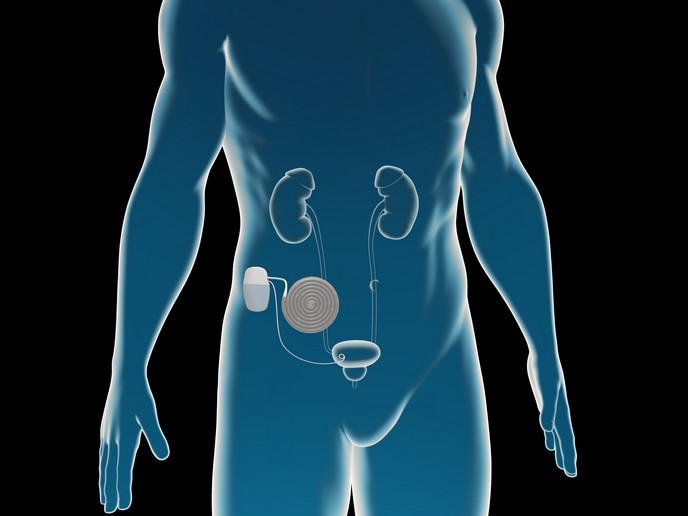Glycosylation in osteoporosis
Osteoporosis is an age-related condition associated with loss of bone density and decreased strength that eventually makes bones fragile. Current medications only reduce fracture risk by 25-50 %, necessitating the development of new, effective drugs. There is an urgent need to define new pathways that control bone remodelling and strength to identify new therapeutic targets. The EU-funded SUGARYBONE (The role of protein N-glycosylation in bone and energy homeostasis) project set out to investigate metabolic abnormalities associated with glycosylation. In particular, their research activities focused on the importance of protein N-glycosylation in skeletal homeostasis and its implication in osteoporosis. Previous work had identified a mutation in one of the enzymes involved in the N-linked protein glycosylation pathway that led to profound osteoporosis and obesity in mice. The hypothesis was that defective N-glycosylation impaired bone formation by osteoblasts, leading to the observed osteoporosis, while the reduced bone-derived osteocalcin levels hampered insulin release causing obesity as a consequence. SUGARYBONE scientists analysed transgenic mice carrying a mutation in the Alg13 enzyme responsible for initiating N-glycosylation. However, Alg13 has two isoforms, a short one encompassing enzymatic activity, and a long one with unknown function. Analysis of the glycan structures of mutant and wild-type animals showed no apparent differences. No alterations were observed in the post-translational glycosylation processes either. The research team attributed this to the fact that the mutation was in the long Alg13 isoform, and thus decided to generate mutant embryonic cell (ES) lines with mutations in the short isoform. Although researchers employed different strategies for disrupting the wild-type Alg13 allele, none of the ES clones bearing an Alg13 deletion survived. This emphasised the vitality of the Alg13 enzyme in overall protein homeostasis and in cell survival. Nonetheless, the grounds for investigating metabolism in osteoporotic bones are scientifically sound but necessitate an alternative studying approach.







